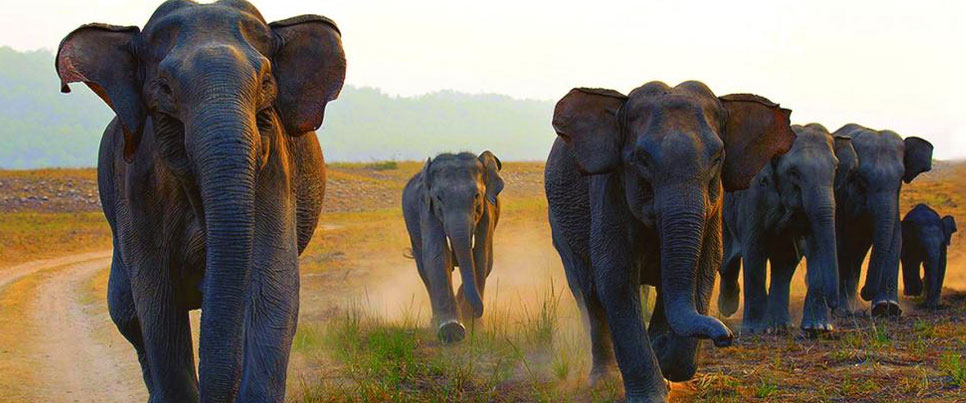Best Time to Visit Valmiki National Park
Nestled in the northwest corner of Bihar, Valmiki Tiger Reserve is a haven for wildlife enthusiasts, offering a glimpse into the thriving ecosystems of the region. Choosing the right time to visit is crucial for maximizing your wildlife encounters and enjoying the natural beauty that this reserve has to offer. The best time to visit Valmiki Tiger Reserve largely depends on the preferences of tourists. Whether you prefer the crisp winter air, the vibrant bloom of spring, the wildlife activity before the monsoon, or the post-monsoon rejuvenation, each season offers a unique experience. Plan the visit wisely to make the most of this enchanting wildlife sanctuary.

Winter (November to February)
The winter months bring cool and comfortable temperatures, ranging from 10 to 20 degrees Celsius. Wildlife sightings in the dry season enhance visibility, making it easier to spot wildlife, including tigers, leopards, and various bird species. The sparse foliage during winter provides excellent opportunities for wildlife photography.
Summer (March to April)
Spring and then summer unfolds with a mild climate, creating pleasant daytime temperatures between 15 to 25 degrees Celsius. The park comes alive with vibrant floral blossoms, offering a visually stunning landscape. Spring season comes with birdwatching extravaganza. Migratory birds, such as paradise flycatchers, add to the avian diversity during this season.
Pre-Monsoon (May to June)
Before the rains, the pre-monsoon period is characterized by rising temperatures, with daytime temperatures ranging from 20 to 35 degrees Celsius. Several wildlife species, including elephants, gather near water sources, providing opportunities for close encounters. Tourists also enjoy clear skies and lush landscapes before the onset of the monsoon.
Post-Monsoon (October)
Post-monsoon brings milder and moderate temperatures, ranging from 15 to 25 degrees Celsius. Revitalized Landscape: The park rejuvenates after the monsoon, with revitalized landscapes teeming with life. October marks a prime period, ideal for both wildlife and nature photography.